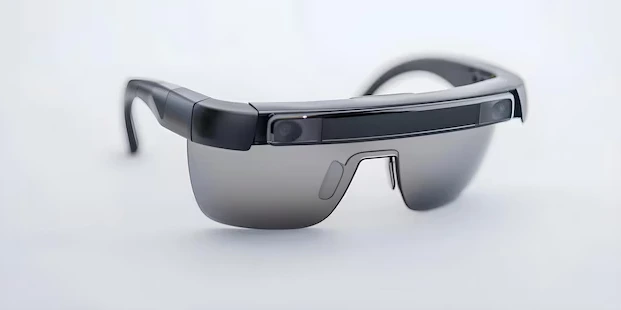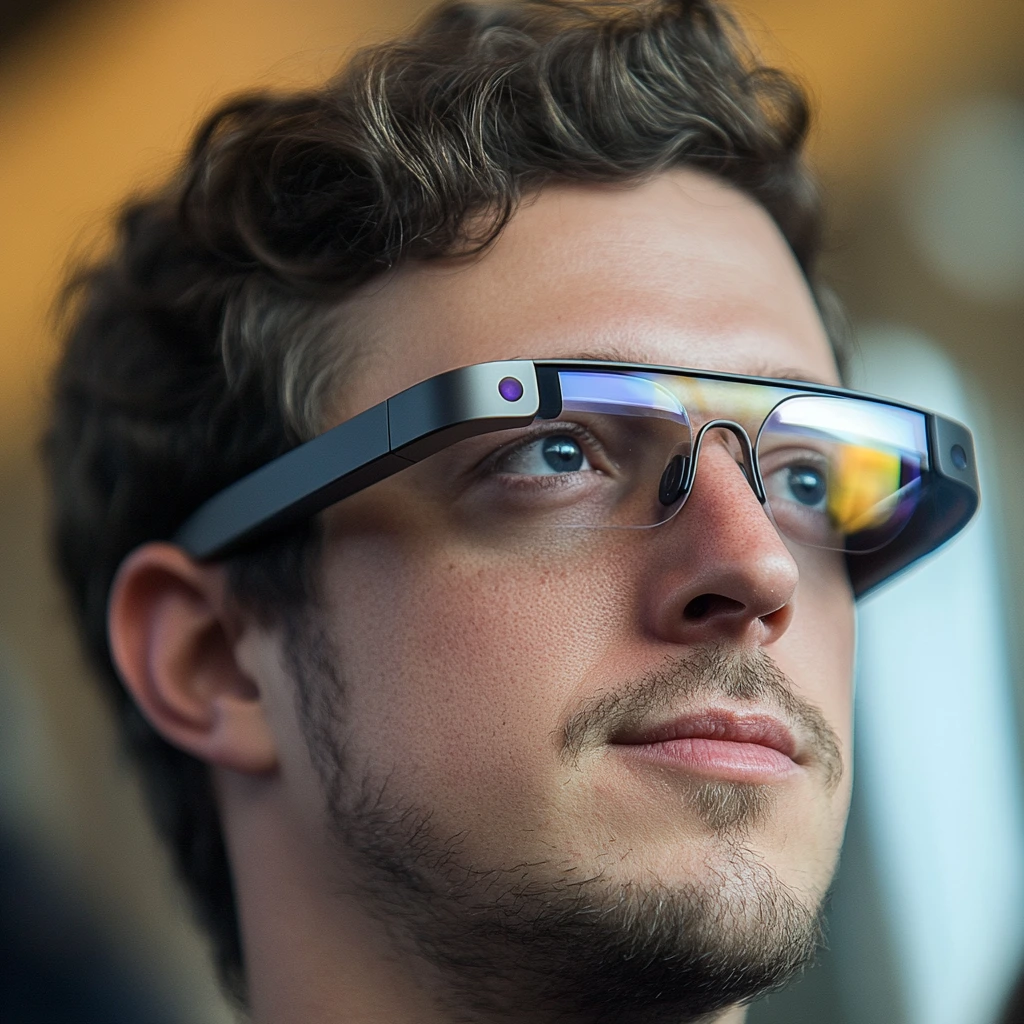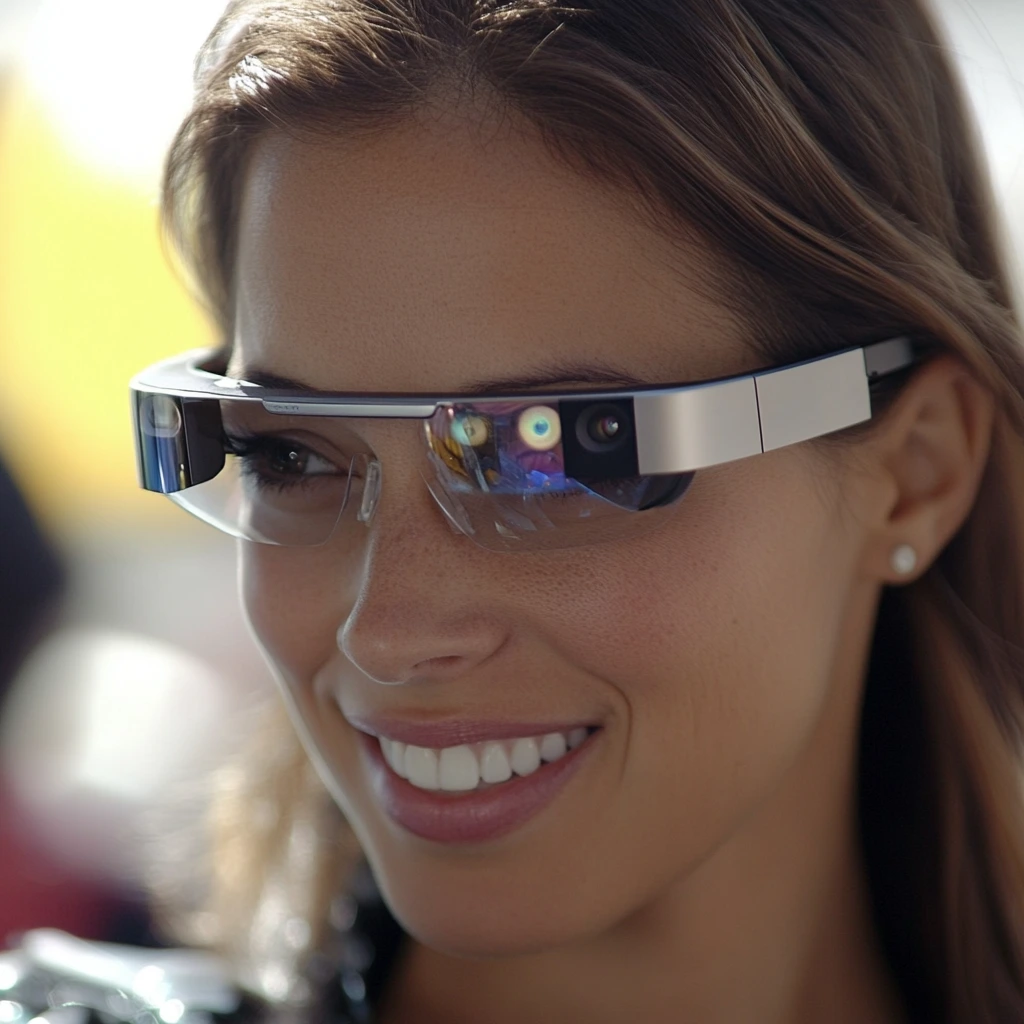The future of augmented reality is not in the distant future anymore—it’s already here. Smart glasses, once a fantasy of science fiction, are now being developed and refined by two of the biggest names in tech: Google and Meta. Both companies are investing billions into wearable technology that aims to change how we interact with the digital world.
But while both Google and Meta are racing toward AR dominance, their approaches, priorities, and even philosophies differ significantly. If you’re curious about which company is leading the charge—or simply want to know which smart glasses best fit your lifestyle—this guide breaks down the key differences that truly matter in 2025.

Design & Comfort: Utility vs Aesthetic Appeal
One of the most noticeable differences between Google’s and Meta’s smart glasses is the design philosophy—and it reflects their broader goals.
Google has always prioritized subtlety and discretion. The latest version of their smart glasses (currently in testing and limited rollout) resembles traditional eyewear, with slim arms, neutral frames, and no overt signs of embedded technology. These are glasses you could wear all day at the office, in meetings, or on your commute without drawing attention. They prioritize comfort, wearability, and function over flash.
Meta, on the other hand, is blending tech with style and personality. Partnering with Ray-Ban, Meta has produced smart glasses that look like iconic sunglasses and prescription frames. Their Ray-Ban Meta Smart Glasses feature camera lenses in the corners, embedded microphones, and tiny speakers—wrapped in designs meant to look fashionable. However, some users report a slightly bulkier feel, particularly when wearing them for extended periods.
In summary:
- Google = Discreet, lightweight, professional.
- Meta = Bold, stylish, designed for expression.
Augmented Reality Features: Practical Tools vs Immersive Experiences
Both companies are creating AR-enabled eyewear, but their interpretation of what AR should do is worlds apart.
Google’s vision for AR is rooted in assistance. Their glasses are designed to support real-life tasks with overlays and prompts. Features include:
- Real-time language translation
- Navigation overlays via Google Maps
- Visual assistance for the hearing impaired
- AI-powered object recognition
- Integration with Google Assistant and Calendar
Their AR is designed to be non-intrusive, operating in the background and surfacing information only when it adds value.
Meta, by contrast, is laser-focused on immersion and digital engagement. Their current glasses and prototypes (as seen in Project Nazare and AR Glasses research) aim to:
- Enable 3D spatial audio and communication
- Support virtual meetings with avatars
- Allow for livestreaming to Facebook and Instagram
- Offer gesture-based controls
- Eventually connect to the metaverse, Meta’s expansive virtual world
Their technology is still evolving but is already geared toward creating shared AR experiences, especially for content creators and social media users.
In short:
- Google = Functional, real-world enhancements.
- Meta = Immersive, social-first experiences.

Privacy & Security: Transparency vs Trust Issues
Smart glasses inherently raise privacy concerns, particularly when it comes to recording in public, data storage, and user consent. This is where Google and Meta’s reputations play a major role.
Google, learning from the backlash to its original Google Glass in 2013, has adopted a privacy-first approach this time around. Their glasses include:
- Visible indicators when recording is active
- A “no stealth mode” policy (users can’t record without visual cues)
- Data encryption and clear opt-in procedures
- Use-cases focused on translation, assistance—not surveillance
They are also rolling out their glasses in controlled environments like enterprise settings, classrooms, and medical fields to ensure real-world utility is refined before mass consumer adoption.
Meta, however, faces an uphill battle when it comes to public trust. Despite improvements, including:
- A hardwired LED light that glows during video capture
- Regular software updates for safety
- Voice-command restrictions
Many users and watchdogs remain skeptical—especially due to Meta’s long history with user data exploitation and privacy breaches across Facebook and Instagram. Critics argue that the platform’s deeper integration into social media makes it prone to misuse, and the ability to record discreetly still feels invasive to many.
Key takeaway:
- Google = Conservative, privacy-aware, purpose-driven.
- Meta = Social and fun, but still struggling with user trust.
Ecosystem Integration: Productivity vs Content Creation
Both companies are building ecosystems that extend beyond the glasses themselves—and this is where your digital habits may determine which device is right for you.
Google’s smart glasses act as a natural extension of:
- Android devices
- Google Workspace (Docs, Calendar, Gmail)
- Google Assistant
- Google Lens, Maps, Translate, and Meet
They’re designed to amplify productivity, reduce screen time, and serve as a seamless assistant. For businesses, field workers, healthcare, education, and developers, this offers significant potential. Google’s edge lies in mature AI and cloud services baked into its platform.
Meta, meanwhile, is building toward an entirely social ecosystem—what CEO Mark Zuckerberg calls “the embodied internet.” With smart glasses, users can:
- Record and post to Instagram or Facebook instantly
- Call and message friends via WhatsApp
- Use Meta AI voice features
- Livestream to followers
- Access immersive AR content in the future through Meta Horizon and Meta Quest
This makes Meta’s glasses incredibly attractive to influencers, creators, and social media fans. However, if you’re not deeply embedded in the Meta universe, you may not find them as useful.
To sum up:
- Google = For work, research, language, navigation.
- Meta = For sharing, connecting, and expressing online.

Conclusion: Which Smart Glasses Are Right for You?
The smart glasses market is heating up fast—and Google and Meta are leading the charge with two very different visions.
If you’re a tech-savvy professional, multilingual traveler, or someone looking to boost productivity without being overwhelmed by tech, Google’s smart glasses offer a discreet, helpful tool that enhances your world.
But if you’re a content creator, influencer, or digital native looking for a more immersive, socially connected, and stylish experience, Meta’s smart glasses are the better fit—especially if you already spend time on Facebook, Instagram, or within the Meta ecosystem.
The real question is: Do you want glasses that help you live better in the real world—or glasses that pull you deeper into a digital one?
As both companies refine their offerings, the gap may close. But for now, choosing between Google and Meta smart glasses is choosing between productivity and performance versus play and presence.
Table of Contents
From iOS 19 to iOS 26: What’s Behind Apple’s New Direction? – trendsfocus